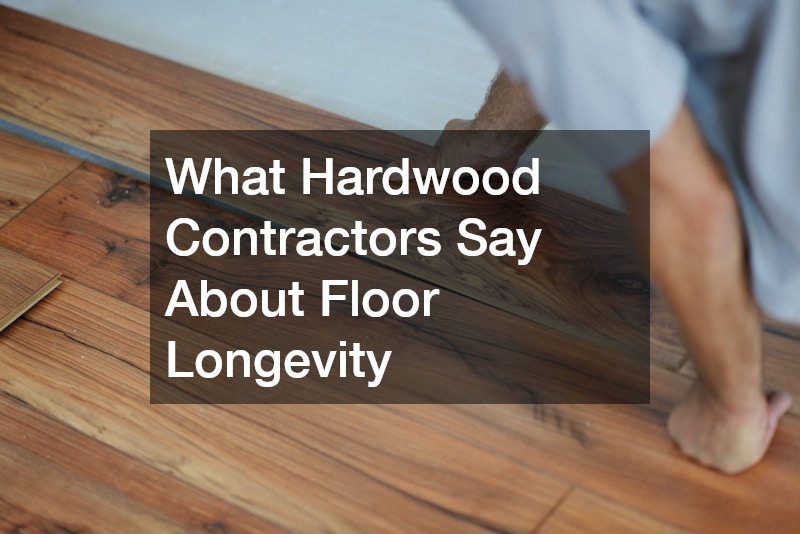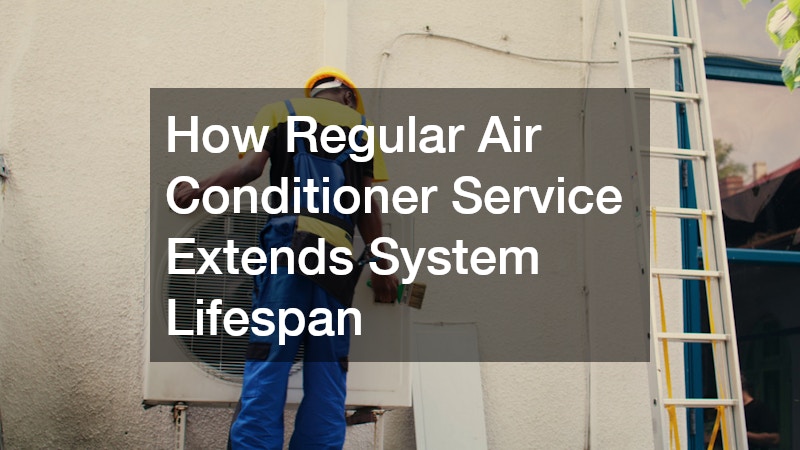This article explores expert insights from hardwood contractors on how to maximize the lifespan of hardwood floors. We will address common questions about durability, maintenance, and other factors affecting floor longevity.
1. What Types of Hardwood Floors Last the Longest?
This section will discuss various hardwood species and their durability ratings, including the best options for longevity.
When considering hardwood flooring, species such as oak, maple, and hickory are often recommended due to their high durability ratings. Species like oak vary in grain and color, offering both aesthetics and robust longevity.
Meanwhile, maple is noted for its resistance to dents and scratches, making it ideal for high-traffic areas.
Hickory, known for its dense structure, can withstand heavy use and is less likely to show wear over time. Each hardwood type has unique characteristics that influence its lifespan, making it essential to choose wisely based on lifestyle and foot traffic. Understanding these factors can guide homeowners toward making informed decisions for lasting beauty and functionality.
Furthermore, the type of finish applied to hardwood floors plays a critical role in overall longevity. A high-quality finish provides an additional layer of protection against wear, moisture, and contaminants, enhancing the lifespan of the flooring material. Therefore, selecting the right species combined with an appropriate finish is fundamental for homeowners aiming for durable hardwood floors.
2. How Does Maintenance Affect Floor Lifespan?
This section will cover essential maintenance practices recommended by contractors to enhance the lifespan of hardwood flooring.
Regular maintenance is vital for ensuring the longevity of hardwood floors. Vacuuming or sweeping regularly eliminates dirt and debris that can cause scratches and dullness over time. Furthermore, using a damp mop with appropriate cleaning solutions can help preserve the wood’s shine without damaging the surface.
Contractors also emphasize the importance of routine inspections to catch potential issues early. Inspecting for signs of wear, moisture buildup, and damage can allow homeowners to address problems before they escalate, ultimately extending the floor’s life. Knowledge of products best suited for hardwood cleaning can also prevent unnecessary wear.
Beyond routine cleaning, refinishing the hardwood floors every few years is encouraged to maintain their look and feel. Refinishing restores the protective layer, addressing any minor scratches or wear, and keeps the flooring looking new. Adopting a structured maintenance schedule can significantly enhance the aesthetic and functional service life of hardwood floors.
3. What Environmental Factors Should Be Considered?
This section will highlight the impact of humidity, temperature fluctuations, and sunlight on hardwood floor longevity.
Environmental conditions play a crucial role in the lifetime of hardwood flooring. High humidity can lead to warping and buckling, while overly dry conditions may cause cracking and splitting. A stable environment, preferably with humidity levels between 30-50%, helps preserve the integrity of hardwood floors.
Temperature fluctuations can also affect flooring materials; significant variations may lead to expansion and contraction of the wood. Homeowners should aim to maintain a consistent climate, using humidifiers or dehumidifiers to mitigate extreme conditions. Understanding the local climate and making adjustments to indoor conditions can significantly improve floor longevity.
Exposure to direct sunlight can damage hardwood floors, causing fading and discoloration over time. Using window treatments, such as blinds or UV-filtering films, can reduce direct sunlight exposure. By controlling environmental factors effectively, homeowners can ensure their hardwood floors remain beautiful and durable for years to come.
4. What Are the Common Mistakes That Shorten Floor Lifespan?
This section will outline frequent mistakes homeowners make that can lead to premature wear and damage to hardwood floors.
One common mistake is neglecting proper cleaning methods. Using harsh chemicals or abrasive tools can scratch and damage the floor’s finish, leading to accelerated wear. Homeowners must opt for products specifically designed for hardwood care to maintain their beauty and integrity.
Another frequent error is allowing moisture to accumulate on the surface. Spills should be addressed immediately, and excessive water should be avoided during cleaning. Moisture can penetrate seams and lead to significant damage, including mold growth and structural changes.
Lastly, failing to use protective pads on furniture legs can lead to scratches and dents, which diminish the floor’s aesthetic appeal. Homeowners often overlook this simple preventive measure, leading to costly repairs or the need for refinishing. By being mindful of these common mistakes, homeowners can protect their investment in hardwood flooring.
In summary, understanding the best practices and factors that influence hardwood floor longevity can significantly extend their life. By adhering to professional advice, homeowners can enjoy their beautiful floors for many years to come.



